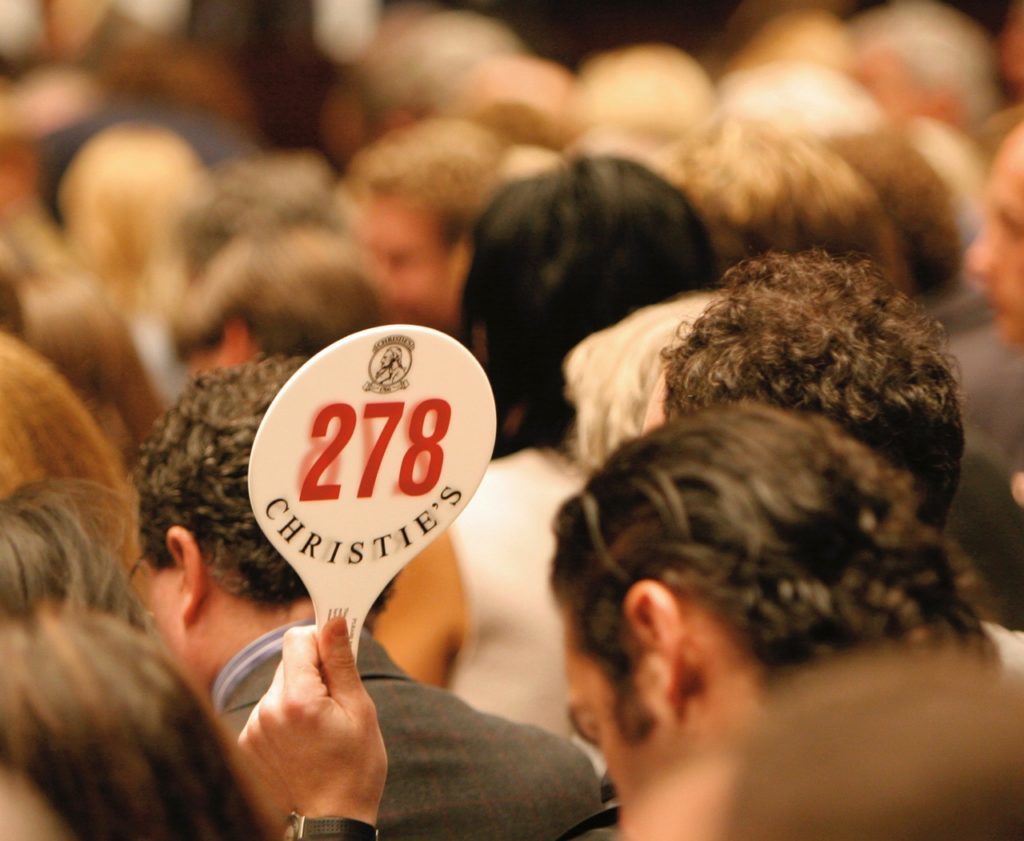Law & Politics
A Gallery Claims Christie’s Double-Crossed Them by Selling Its Francis Bacon at a ‘Bargain Basement’ Price
What happens when high-stakes, multimillion-dollar art deals go awry.

What happens when high-stakes, multimillion-dollar art deals go awry.

Eileen Kinsella

It’s not every day that behind-the-scenes details of a multimillion-dollar art transaction are laid bare for all to see. But a messy three-way legal fight over Christie’s recent sale of a Francis Bacon painting valued in the eight figures has done just that.
A dissatisfied consignor who cried foul about the terms of the sale is now targeting both the auction house and the prospective buyers, dealers Christophe van de Weghe and David Rogath, in an attempt to halt what the consignor claims is an unfair deal. The consignor argues that somewhere along the way, Christie’s stopped representing its interests in order to curry favor with more valued clients.
It all started in late 2017, when South Korean art gallery One and J consigned a Francis Bacon painting to Christie’s for private sale. The title of the painting—which the gallery claims Christie’s had valued at $10 million—has not been disclosed in court papers and has been redacted in related exhibits so as not to diminish the work’s value, according to One and J’s petition.
As part of the deal with Christie’s, One and J used the painting as collateral for a loan, and the auction house advanced the South Korean business a total of $4.9 million. (It’s not unusual for major auction houses to loan or advance money when works are consigned for private sale or far outside of major sale weeks.)
Roughly a year passed; Christie’s had no luck selling the work. One and J also notes in the filing that during that time, it consigned an Andy Warhol painting for sale at Christie’s in Hong Kong with the understanding that the proceeds would be used to repay the loan. However, the painting was withdrawn shortly before the sale “based on a purported lack of interest,” according to the filings.
A Christie’s representative said the auction house does not comment on pending litigation. Judd Grossman, the attorney for One and J, declined to comment to artnet News.
According to One and J’s account, Christie’s informed the gallery in September that it was in default on the terms of the loan and the auction house could therefore sell the Bacon “under any terms, at any time, as we see fit.” Less than two weeks later, according to the gallery’s petition, Christie’s revealed that it had offloaded the painting to an unidentified buyer for, in the gallery’s words, “a fraction of the painting’s fair market value.” The exact sale price has not been disclosed in court documents.
The gallery says it made a concerted effort to reclaim the painting fairly. According to its claims, it made a $500,000 loan payment, which it says Christie’s accepted, and attempted to stave off what it described as a “fire sale” by offering $6.8 million to get the Bacon back.
Bizarrely, however, Christie’s rejected the proposal as too low, the court papers allege. In the gallery’s telling, Christie’s took this unlikely step because it “had switched sides” and was no longer acting as the representative of the seller, but rather of the buyer. According to One and J, Christie’s agreement to sell the painting at a bargain price and then refuse the gallery’s purportedly higher offer was part of a larger “sweetheart deal” made to woo or retain an important client.
The gallery claims Christie’s breached its duties under the Uniform Commercial Code (UCC), a set of laws governing the sale of goods, by selling the painting in “a commercially unreasonable manner.”
On January 2, One and J asked a New York court to halt the sale of the Bacon, arguing that Christie’s was not authorized to sell the work. The court granted the gallery’s request. There was just one problem: At the hearing, according to the gallery’s filings, Christie’s revealed that the painting had already been transferred in October to the then-unidentified buyer.
In addition to granting the gallery’s request to halt the sale of the work, the court also went one step further: It ordered Christie’s to disclose the identity of the “unknown buyer”—an extremely sensitive matter for any auction house, whose business relies on client confidentiality. Christie’s ultimately revealed that it had invoiced New York dealer Christophe van de Weghe for the sale of the painting, though it understood that Van de Weghe purchased the work jointly with David Rogath, of Chalk and Vermilion Fine Art in Greenwich, Connecticut.
On January 4, One and J filed suit against the two dealers for unjustly taking possession of the painting. Reached by artnet News, Van de Weghe and Rogath’s attorney declined to comment.
Now, a settlement may be in sight. A judge signed off on a standstill order among the three parties on Tuesday. Until at least January 23, nothing will happen to the painting, and everyone involved has confirmed a “good faith” effort to amicably resolve the matter.